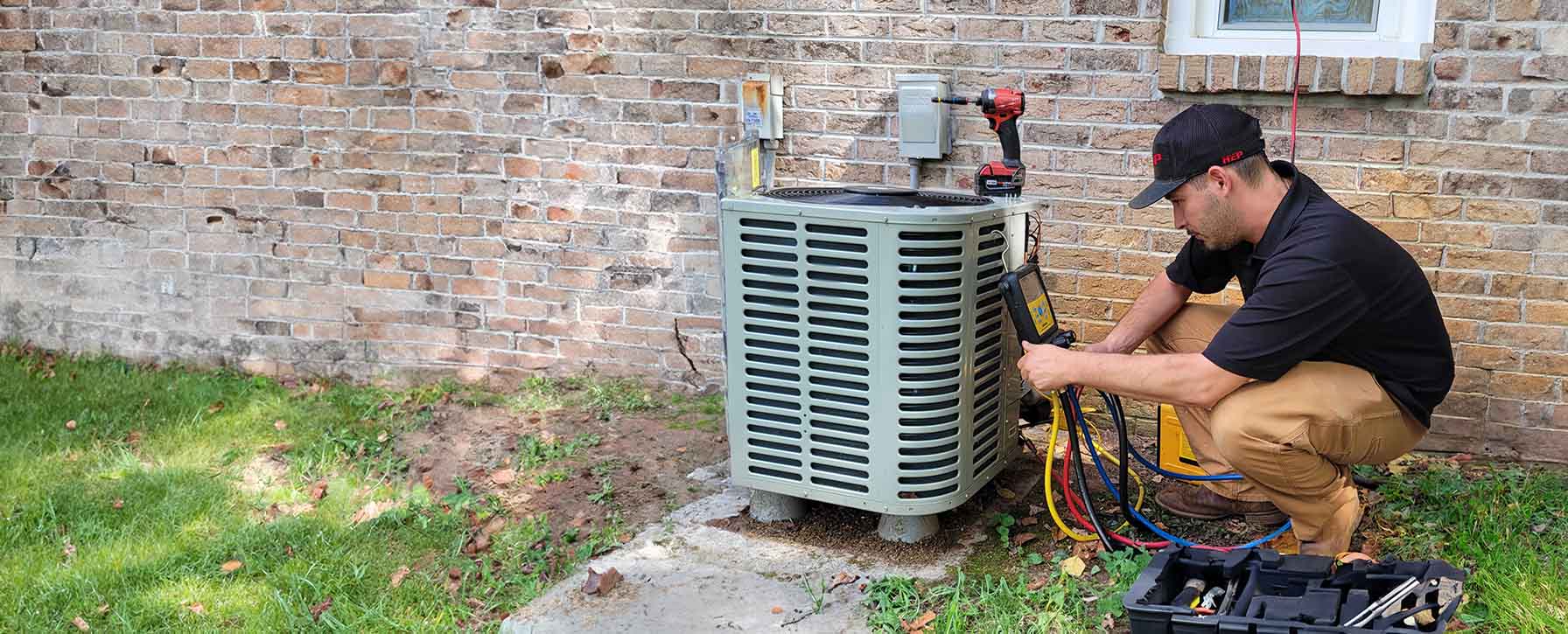

Energy Efficient
Your trusted partner for professional home services. Quality workmanship, guaranteed satisfaction.




- HEP
- Energy Efficient
Energy Efficient | Ventilation and Air Quality | Heating and Air Conditioning | Greenback
Imagine breathing in air that feels as fresh as a mountain morning—right inside your Greenback home. HEP’s energy-efficient heating and cooling solutions blend smart technology with precision engineering to reduce utility costs while delivering steady, comfortable temperatures year-round. Every system is sized, installed, and tuned by certified technicians who understand the unique climate demands of East Tennessee, so you enjoy efficient performance without the guesswork.
Our focus on ventilation and air quality means we go beyond basic temperature control. From high-efficiency heat pumps paired with variable-speed air handlers to advanced filtration and whole-home dehumidifiers, we design setups that whisk away pollutants, manage humidity, and keep allergens at bay. The result is a healthier living space, lower energy bills, and the confidence that your HVAC investment is working just as hard for the planet as it is for your family.
Ready to upgrade? Schedule a complimentary in-home assessment, and let HEP show you how effortless clean comfort can be.
FAQs
How can an energy-efficient HVAC system lower my utility bills in Greenback’s climate?
High-efficiency furnaces, air conditioners, and heat pumps use advanced compressors, variable-speed fans, and smarter controls to deliver the exact amount of heating or cooling needed. This reduces start-up surges and run time, cutting electrical use by 20-40 %. Because Greenback experiences humid summers and mild winters, equipment that modulates output maintains comfort without wasting energy during part-load conditions common to our area. Over a 10-year life span, the energy savings typically offset the higher purchase price and can reduce annual utility costs by several hundred dollars.
What makes a modern heat pump more efficient than a traditional furnace or straight-cool A/C?
Today’s heat pumps transfer heat rather than produce it. In cooling mode they work like an A/C, but in heating mode they reverse the refrigeration cycle to pull latent heat from outdoor air—even when it’s 30 °F—and move it indoors. Because the unit is only moving heat, not creating it with combustion, it can achieve efficiencies of 250-300 % (COP 2.5-3.0). Variable-speed inverter compressors, now common, ramp output up or down smoothly, eliminating energy-wasting on/off cycles. Backup electric heat strips engage only when outdoor temperatures drop well below Greenback’s winter averages, keeping operating costs low year-round.
How does proper ventilation improve indoor air quality without sacrificing efficiency?
Tightly sealed homes save energy but can trap moisture, VOCs, and allergens. A balanced mechanical ventilation system—such as an Energy Recovery Ventilator (ERV)—exchanges stale indoor air with fresh outdoor air while transferring heat and humidity between the two airstreams. In summer, incoming air is pre-cooled and dehumidified; in winter it is pre-warmed. This recovery process retains 60-80 % of the energy that would otherwise be lost through uncontrolled exhaust fans or window ventilation, giving you healthy air with minimal utility-bill impact.
Are there rebates or tax incentives available in Greenback for upgrading to high-efficiency HVAC equipment?
Yes. Homeowners in the Greenback area can combine federal, state, and utility incentives: • Federal Inflation Reduction Act tax credits (25C) cover up to 30 % of the cost—capped at $2,000—for qualifying heat pumps, heat-pump water heaters, and advanced controls. • TVA EnergyRight and local electric cooperatives often offer $150-$400 rebates on ENERGY STAR certified HVAC installations or duct sealing. • Low-interest Efficiency Loans through Pathway Lending can spread the remaining cost over 5-10 years. Always confirm current program details and keep AHRI certificates and contractor invoices to document eligibility.
How often should I service my HVAC system and replace filters to keep efficiency and air quality high?
• Filters: Inspect monthly and replace at least every 90 days; sooner if you use high-MERV media or have pets/allergies. • Professional tune-up: Schedule maintenance each spring for cooling equipment and each fall for heating systems. Technicians will clean coils, verify refrigerant charge, calibrate controls, and lubricate motors—steps that can restore up to 15 % lost efficiency. • Ductwork: Have it inspected for leaks or insulation gaps every 3-5 years. Sealing with mastic tape and insulating attic runs can reduce energy losses by 20 %. Regular upkeep protects warranties, prevents costly breakdowns, and keeps indoor air free of dust and microbial growth.
Can smart thermostats and zoning systems further reduce my home’s energy use?
Absolutely. Smart thermostats learn your schedule, adjust setpoints when you’re away, and leverage local weather data to run the system at optimal times. Homeowners in Greenback report 8-12 % HVAC energy savings after installation. Zoning uses multiple dampers and thermostats to direct conditioned air only to occupied areas. By setting lesser-used zones (e.g., upstairs bedrooms) a few degrees warmer in summer or cooler in winter, you can shave another 10-20 % off heating and cooling costs while still maintaining comfort where you need it most.